People use mental models to understand reality, solve problems and make decisions in everyday life. SEO is not an exception here, but it is not a topic you often hear about in this industry.
The thing is, you have to be careful with mental models because they are sneaky. We tend to develop them throughout our lives, inherit them from our colleagues and mentors, and rely on them almost instinctively despite not being fully aware of their influence or the existence of better alternatives.
So let’s talk about the mental models you’ll find useful in your SEO work and the ones you should approach with caution.
3 useful mental models
In the noisy and uncertain world of SEO, these will be your north star.
First-principles thinking is a problem-solving approach that involves breaking down complex problems into their most basic elements and reassembling them from scratch.
It’s about asking yourself what is absolutely true in a situation and then thinking from there to create new solutions.
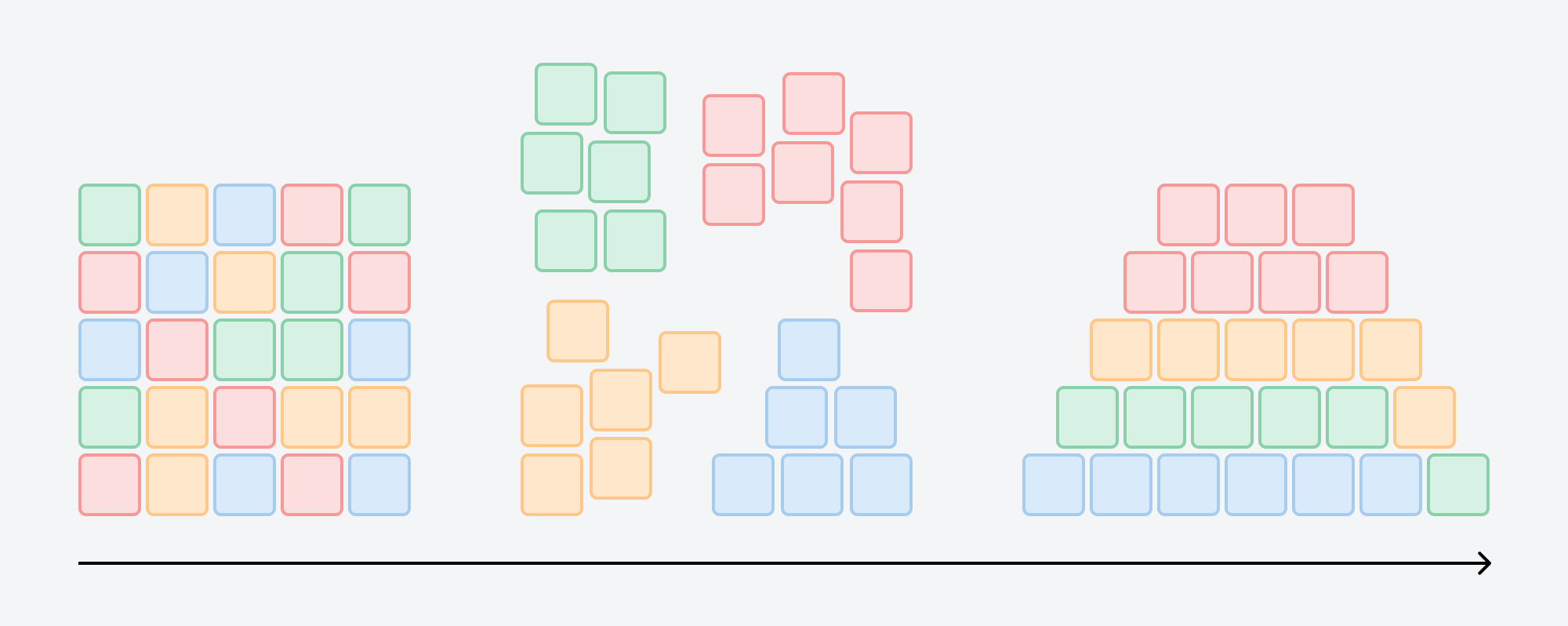
Uncertainty is a chronic condition in SEO. And that’s intentionally because the entire industry is built on Google’s secrets. Access to the truth is extremely limited. We’ve gotten to the point where we’ve become so accustomed to accepting SEO speculation and theories that we’ve started to crave them.
This is where first principles come into play. Whenever you need a new solution to a problem or when you feel you’ve gone too far in speculation, go back to first principles: things that have a better chance of being true in this industry. For example:
- Conventional wisdom is that higher volume is better, but the first principle of blogging is to reach qualified people and influence sales. Therefore, it is better to target specific low-volume, high-intent keywords rather than irrelevant high-volume keywords.
- The first principle of SEO content is distribution via the organic search channel. That’s why it’s so difficult to promote it on other channels like social media: better to leave it alone.
- Google aims to provide the best experience possible by providing the most relevant and high-quality content. However, some people ignore this first principle, try to game the system and lose everything almost overnight when the system recovers.
The Pareto principle (also known as the 80/20 rule) concerns a disproportionate relationship between inputs and outputs, effort and results, or causes and effects. A small number of causes (20%) often lead to a large number of effects (80%).
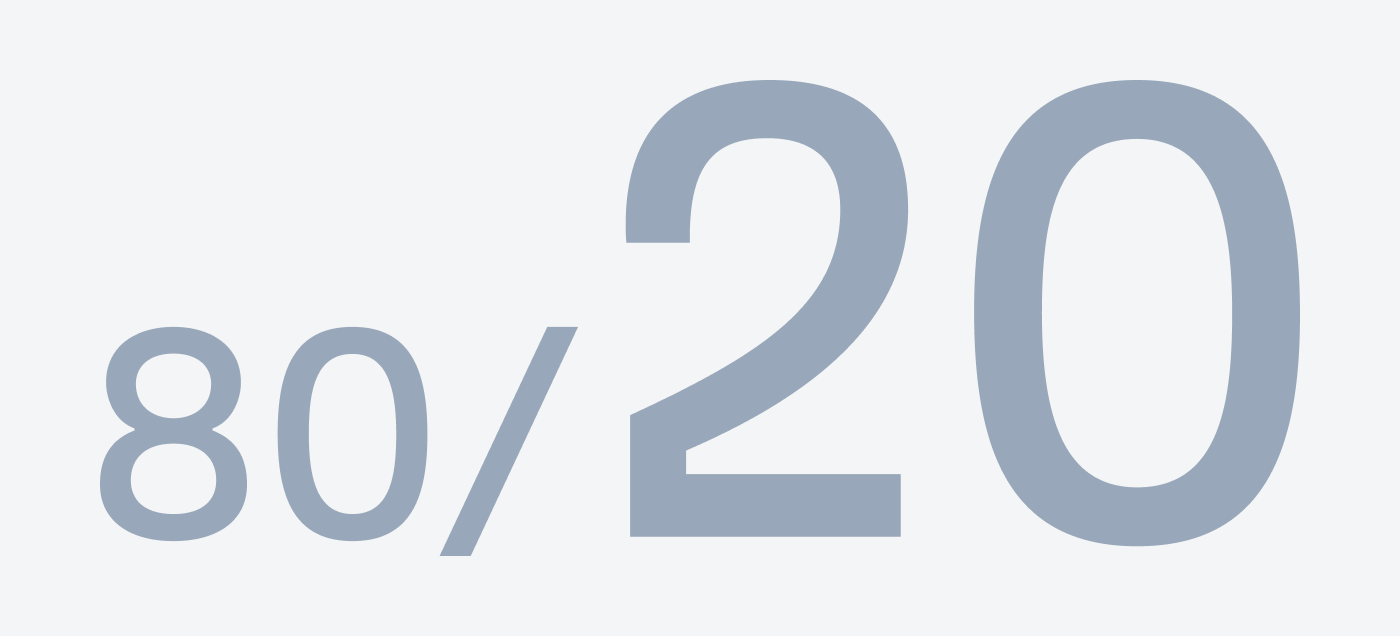

This concept is named after Vilfredo Pareto, an Italian economist who, in 1906, noted that 80% of Italy’s territory was owned by 20% of the population.
If we use this principle as a mental model in decision making, we will find it easier to prioritize work. It’s okay to ignore some things because they probably won’t matter much. The outcome you seek will come from focusing on the things that are likely to have the greatest impact and not from spreading yourself too thin.
For example, if you want to build links to your site, serve up your best content. This can be content that has already proven to earn links in the past.


Or, if you need to recover some of the lost traffic, focus on the pages that have lost the most traffic.
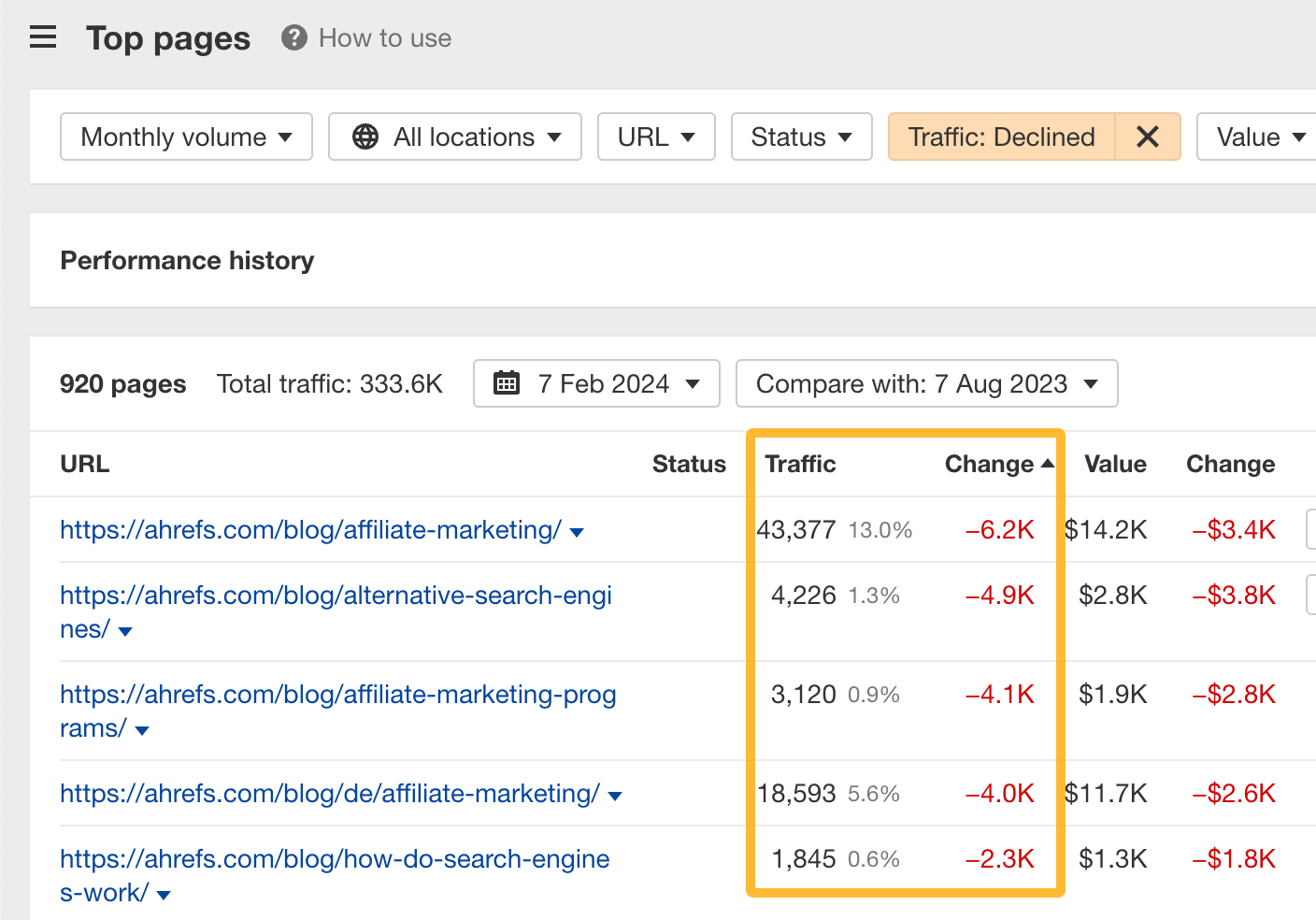

The key is to treat 80/20 as an approximation, a heuristic, and not take the numbers literally. To illustrate, approximately 80% of our site’s traffic comes from no more than 6% of pages.
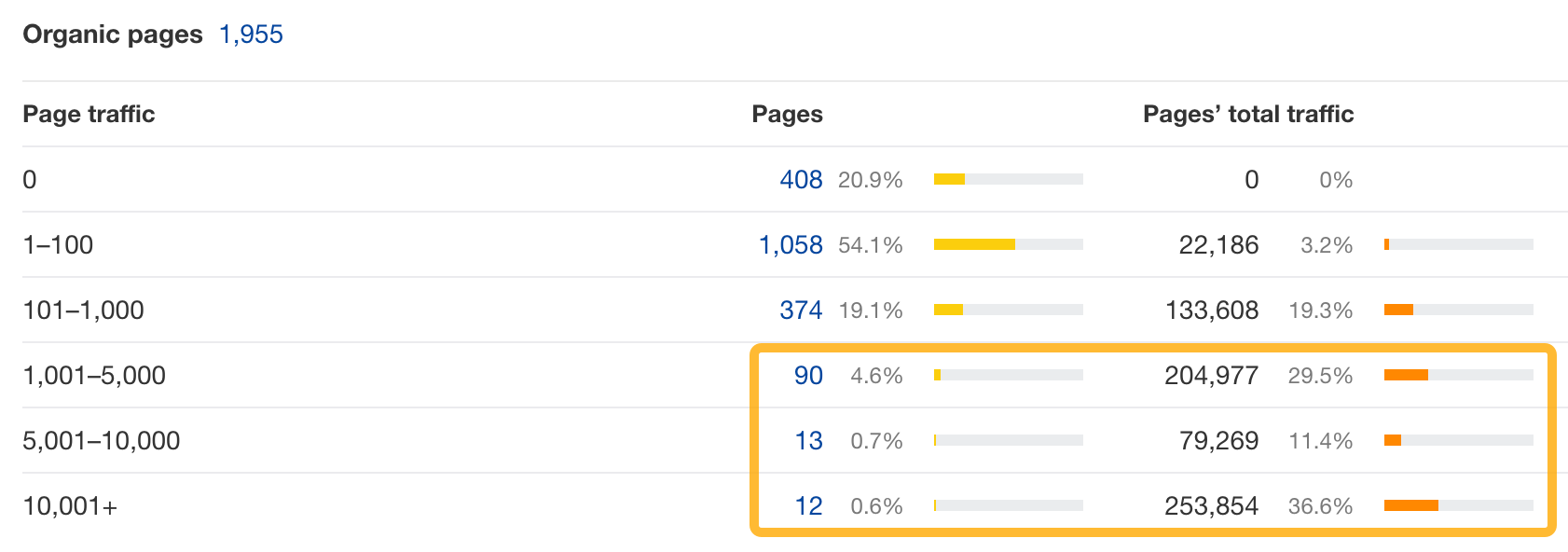

On the other hand, if we try to find the 20% of pages that contribute the most traffic, we will find that they bring not 80% but 96.8% of the traffic. However you look at it, the idea is still valid: a small amount of causes led to a large amount of effects.
“It takes all the running you can do to stay in the same place.”
It already sounds a lot like SEO, right?
This quote comes from Lewis Carroll’s “Through the Looking Glass” and is how the Red Queen explains to Alice the nature of her kingdom, where it requires constant effort just to maintain her current position.
It has been used to define a theory of evolutionary biology that assumes that each species must adapt and evolve not only for incremental gains but to survive, since its competitors are also evolving. Sorry, we’re in a never-ending race.
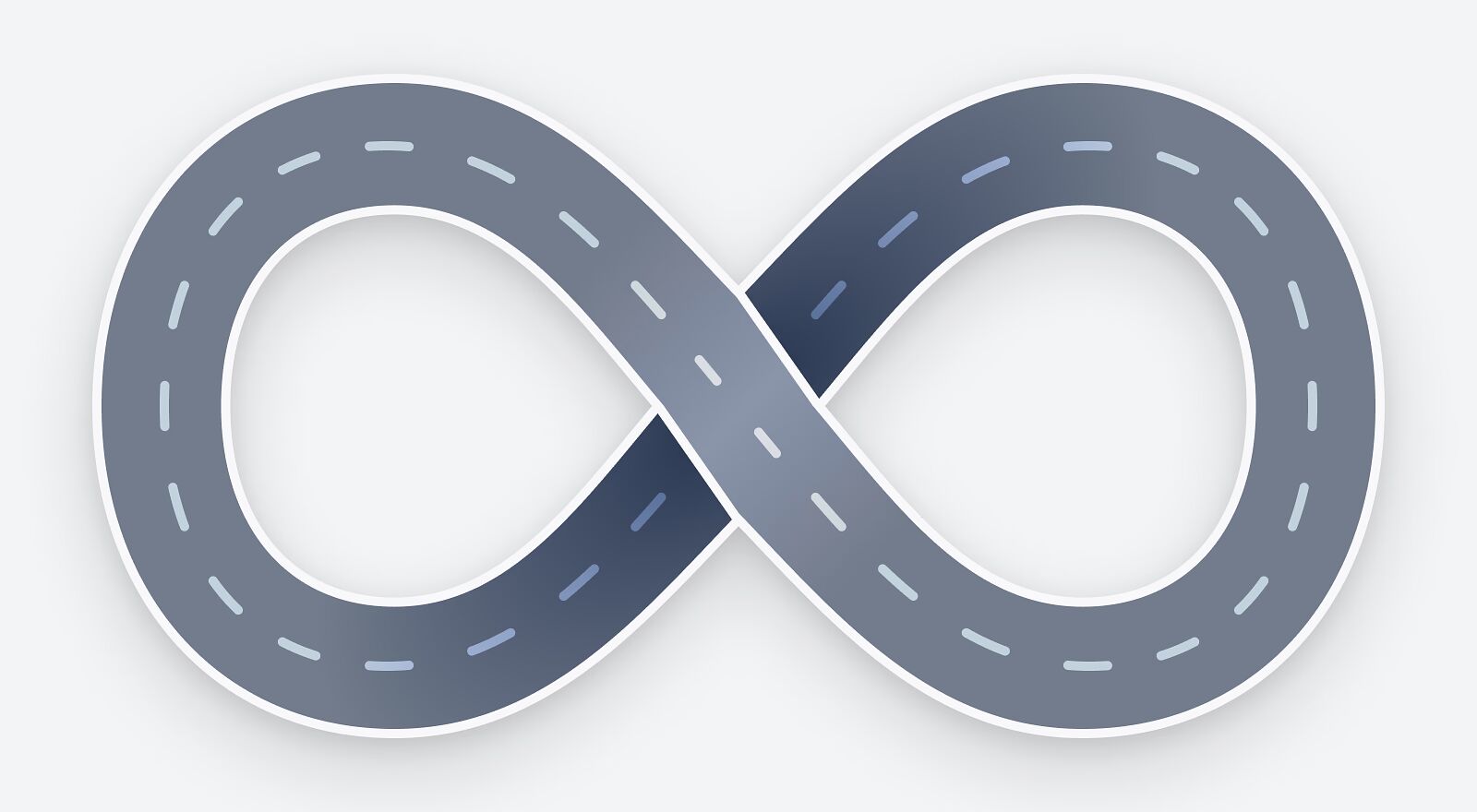

You can probably already guess how this applies to SEO: rankings. If you want to maintain a high ranking, you can’t stop improving your pages. There will always be enough competitors to challenge your position.
But in our world the pressure comes from competitors AND the environment. Google also continues to evolve, pushing the level of content ever higher, transforming elements that previously gave you an advantage into standards.
I’m sure we’ve all been there: Even our content that earns more backlinks, generates traffic, and takes more time gets rejected. But if you keep optimizing, you will have a chance to get back to the top.
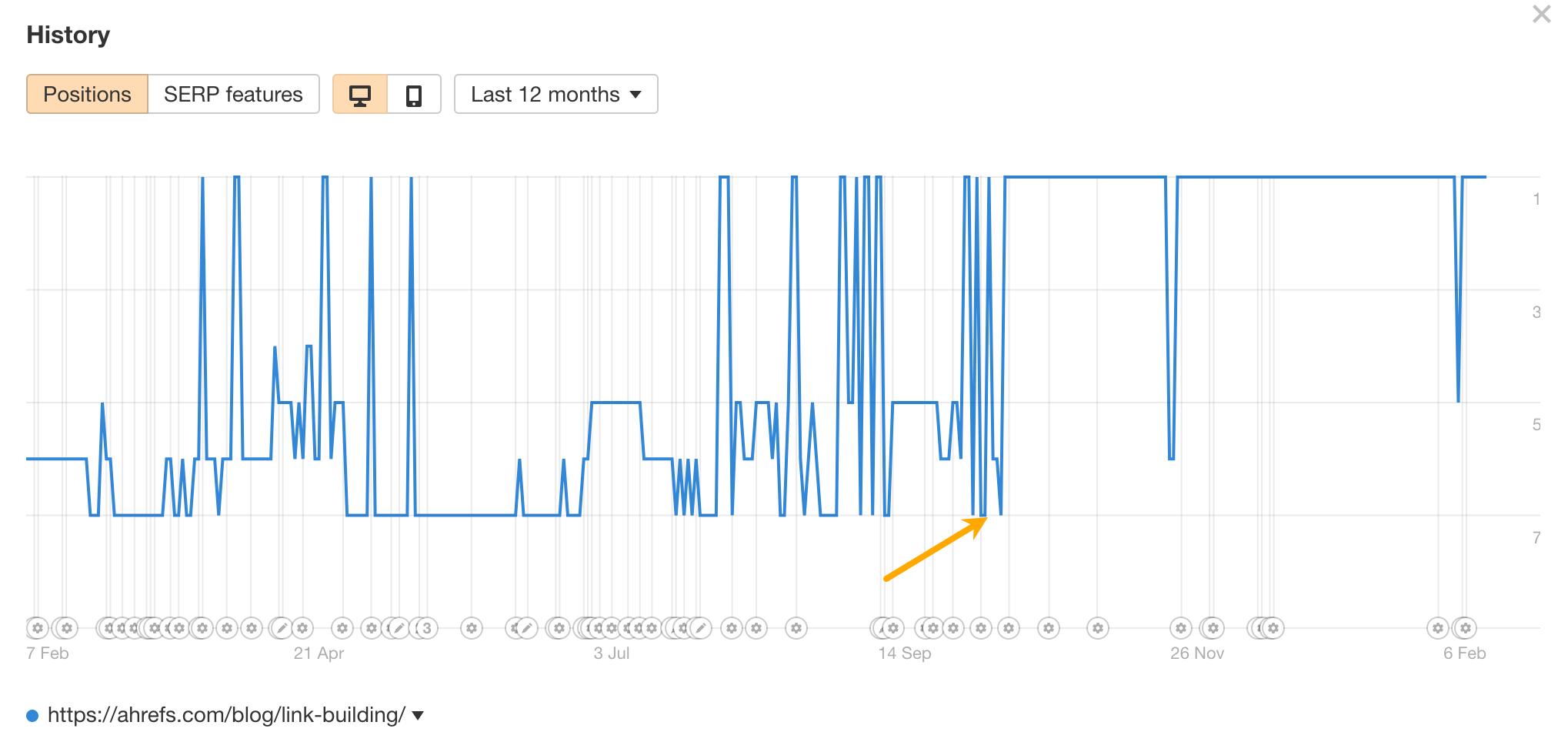

This mental model is another way of saying that SEO works best as an always-on strategy with no set end date or end goal.
3 mental models to pay attention to
It’s not so much a question of avoiding them but of knowing how to identify them when they happen or could happen.
A local maximum (also known as local optimum) refers to a solution that is the best solution within a set of neighboring solutions, but not necessarily the best possible solution overall (global optimum).
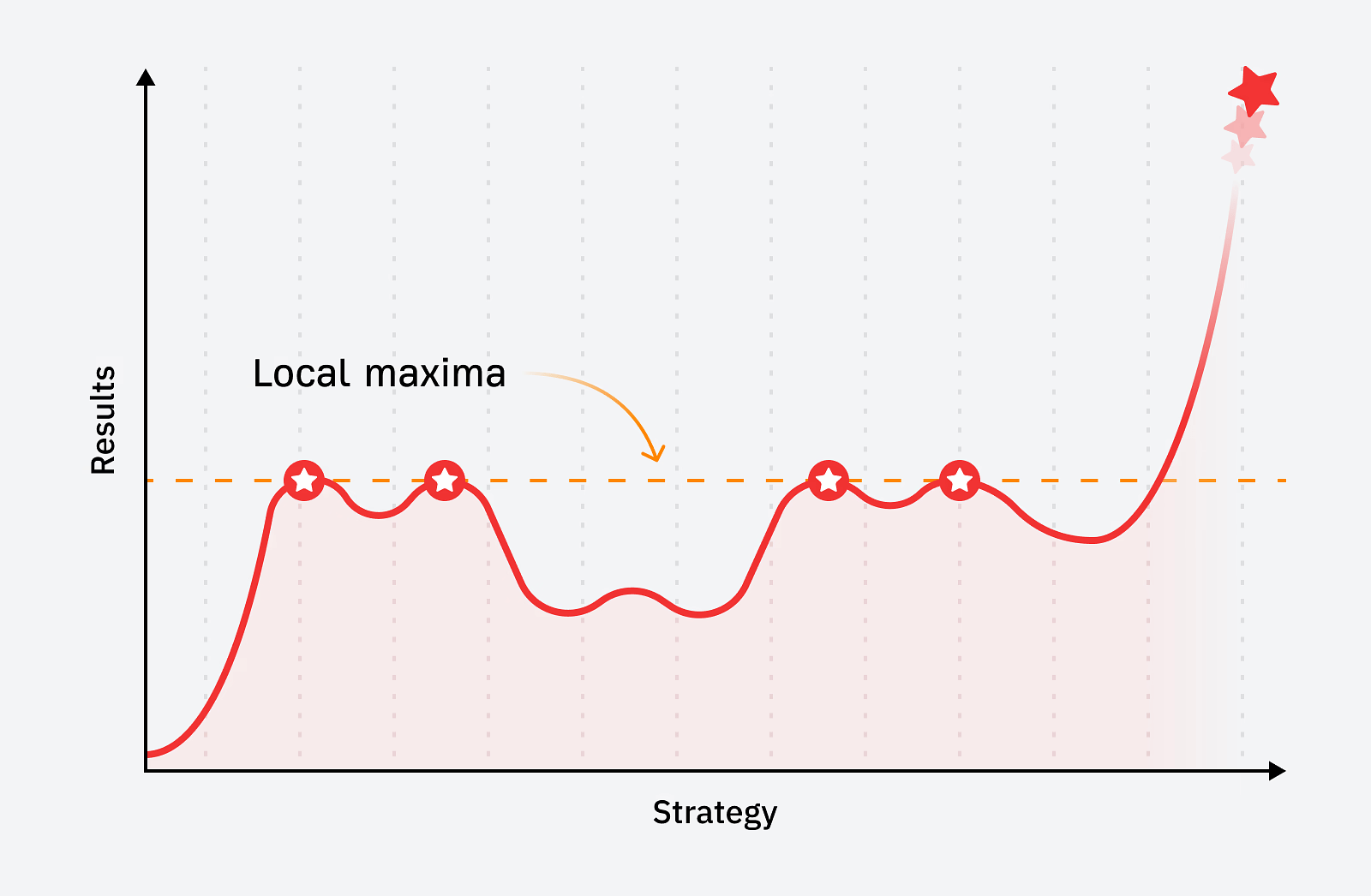

So if you feel like you’re making immense effort just to make marginal improvements, you have to be willing to assume that you’ve reached a local maximum. So the question to ask yourself is: what can I do differently?
Here’s an example.
Until November of last year, traffic to our site was a series of local sweethearts. Our content marketing was delivering results, but growth was relatively slow. Obviously, we were doing the same tried and tested things. But then we launched two Programmatic SEO projects that immediately elevated us to a level we would have spent years working towards: look how quickly the yellow line (pages) grew and how it corresponded to the orange line (traffic).


The sunk cost fallacy is a cognitive bias that occurs when people continue to do something as a result of previously invested resources (time, money, effort) despite new evidence suggesting that the current path will not lead to a positive outcome.
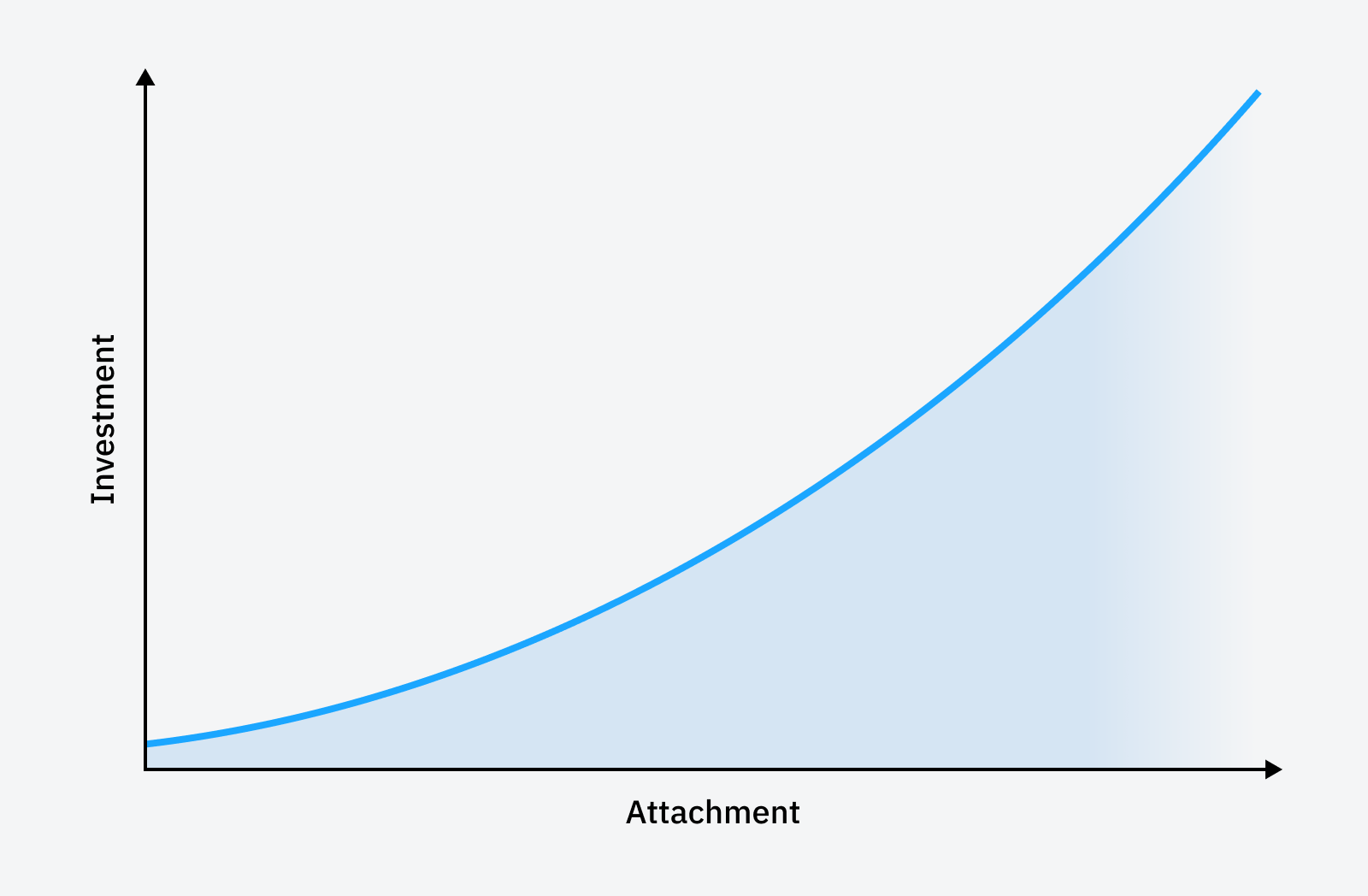

We all know that SEO is a long-term game, right? Strategies like these are full of long-term projects with large investments of time and money. Sometimes, despite investments, it is not possible to go beyond a certain level of traffic, backlinks, etc.
Now, this mental model, this voice in your head, will tell you to keep going down the same path, no matter what. Loss aversion comes into play, acting as a defense mechanism for yourself and your past actions. And the more aggressive and blind the “hustle” culture within a team, the harder it is to see clearly.
But overall it might be better for you AND the company to let go and focus on something else. You can also come back to it later with a fresh mind. But continuing something As soon as because you’ve been doing it for a long time it’s a losing strategy.
Example. Despite numerous attempts and time spent over the years, Ahrefs does not rank for “SEO”.


Sad but true. And from our point of view it’s frustrating. Almost like we were the only ones who weren’t invited to the party, the only ones who didn’t graduate… you get the idea.
But not ranking for “SEO” hasn’t hindered our growth, so it’s better to cut losses and address unfulfilled ambitions than to let that goal hold us back from other projects (like the programmatic project mentioned above).
Confirmation bias is the tendency to give greater attention and weight to data that supports one’s beliefs, while simultaneously dismissing or underestimating evidence that contradicts those beliefs.
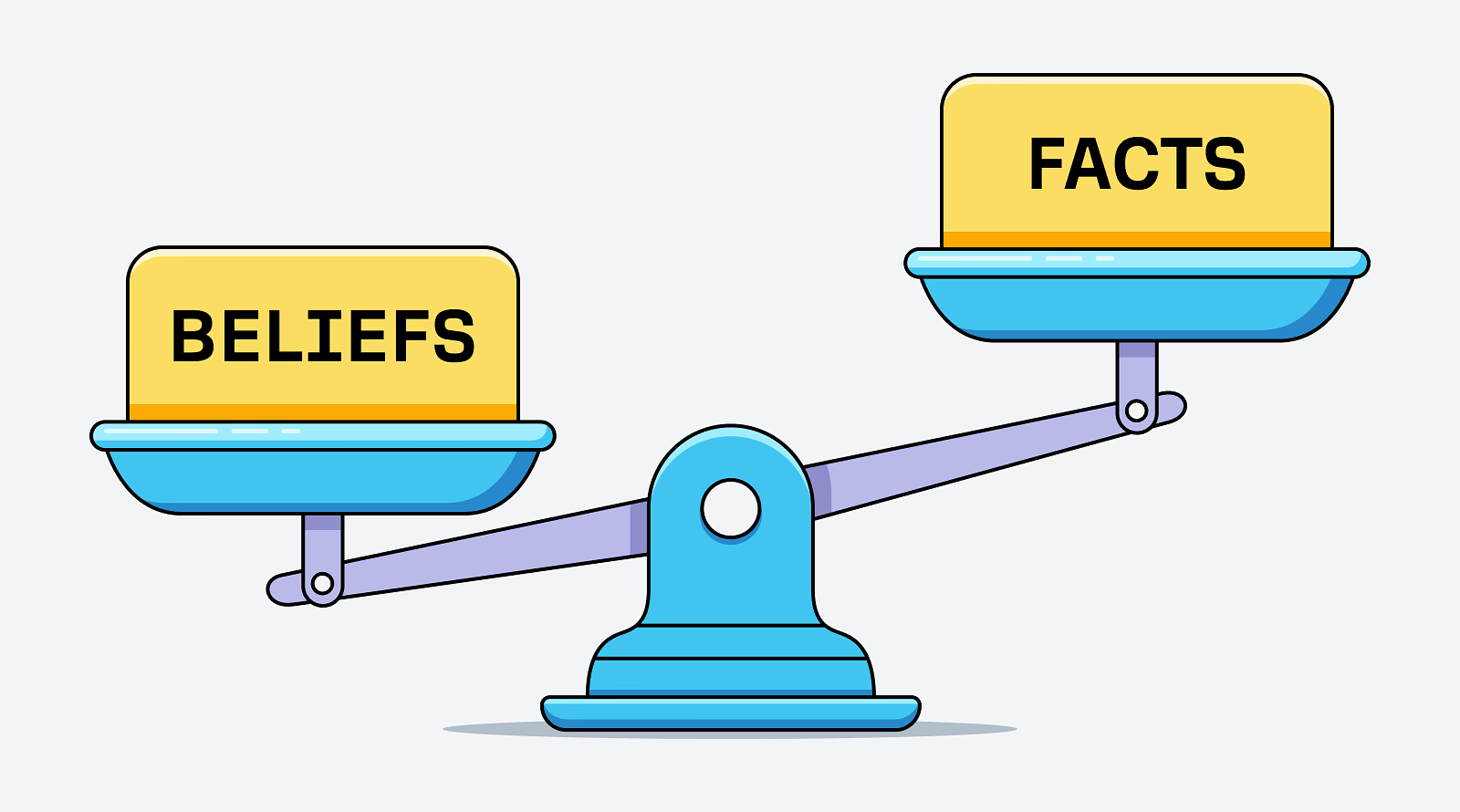

We are all guilty of this. It’s human nature. And that’s not exclusively a bad thing. I mean, in some situations, this tendency can keep us “on the bright side” and help us get through difficult times or keep our motivation high.
So, I think it’s not something to completely eliminate from your system. Just watch out for situations where this can negatively affect your judgment:
- Selective evidence in ranking factors. You see a page ranking high and think it’s because of something you strongly believe in, ignoring all the evidence against it (e.g., long-form content, social signals).
- Biases in keyword selection. Your keyword selection follows the lines of your beliefs about audience preferences without substantial evidence to support these beliefs.
- Bias in strategy development. After developing a new strategy, you come across a speech or article advocating a similar approach, which immediately reinforces your confidence in this strategy.
- Focus on confirmatory data during audits. During a content check, you find a small piece of data that confirms your belief. As a result, you may prioritize smaller accomplishments over more meaningful but less personally affirming data.
- Overconfidence in familiar tactics. By relying on SEO tactics that have worked in the past, you develop a sense of overconfidence in them. Resist trying something new or the idea that a drop in performance comes from an unknown factor.
Keep learning
If you like what you’re reading, I think you’ll find other mental models fascinating:
Do you want to share the templates you find useful? Contact me X or LinkedIn.